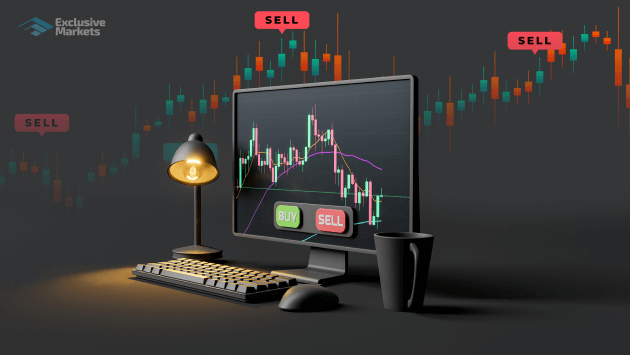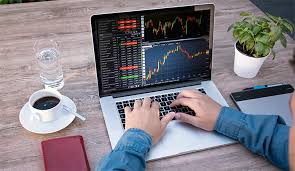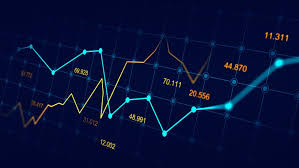
Automated trading in the forex market has transformed the way traders engage with financial markets. With the rise of technology, traders now have access to sophisticated systems and algorithms that can analyze market data, execute trades, and manage risks with little to no human intervention. For more information on automated trading strategies, visit automated trading forex Online Trading CM.
An Introduction to Automated Trading in Forex
Automated trading, or algorithmic trading, involves using computer algorithms to execute trades based on predefined criteria. This approach minimizes emotional decision-making and helps traders to stick to their trading strategies. By employing automated trading systems, traders can gain a significant edge in the highly volatile forex market.
How Automated Trading Works
The core of automated trading is its algorithms, which are sets of instructions designed to analyze market conditions and execute trades. These algorithms can be based on technical indicators, price movements, or even news events. The primary components of an automated trading system include:

- Market Data Analysis: Automated trading systems continuously monitor price movements and economic indicators to identify trading opportunities.
- Trade Execution: Once an opportunity is identified, the system automatically executes the trade according to the specified parameters.
- Risk Management: These systems incorporate risk management techniques, such as stop-loss orders and position sizing, to protect capital.
Benefits of Automated Trading
Implementing automated trading in forex trading offers several advantages:
- Emotion-Free Trading: With automated systems, traders can avoid the emotional highs and lows that come with trading, enabling a more disciplined approach.
- Backtesting Capabilities: Traders can backtest their strategies against historical data, providing insights into how they would have performed in the past.
- 24/7 Market Coverage: Automated systems can operate around the clock, allowing traders to seize opportunities even when they are not actively monitoring the markets.
- Consistency: Automated trading ensures that trades are executed consistently without deviation from the plan, leading to more predictable results.
Choosing an Automated Trading System
When selecting an automated trading system, traders should consider several key factors:
- Performance History: Look for systems with a proven track record, ideally tested over various market conditions.
- User Reviews: Research feedback from other traders to gauge the system’s reliability and effectiveness.
- Ease of Use: The platform should have an intuitive interface, making it easy for traders to set up and manage their systems.
- Support and Resources: A reliable vendor will provide good customer support and educational resources to help traders make the most of their systems.
The Role of Technology in Automated Trading

The success of automated trading in forex is heavily reliant on technological advancements. The following technologies are key to the development of automated trading systems:
- Artificial Intelligence (AI): AI can enhance trading algorithms by learning from large datasets and optimizing strategies over time.
- Machine Learning: Machine learning algorithms can adapt to changing market conditions, making automated trading systems more robust.
- High-Speed Internet: Reliable and fast internet connectivity is crucial for executing trades in real-time without delays.
Challenges of Automated Trading
While automated trading has many benefits, it is not without challenges. Traders need to be aware of potential pitfalls:
- Software Failures: Technical issues can cause significant losses if a system malfunctions during trading hours.
- Market Anomalies: Unforeseen market conditions can lead to poor performance of automated systems that are unable to adapt quickly.
- Lack of Understanding: Traders using automated systems without full understanding may take on unnecessary risks.
Conclusion
Automated trading in the forex market presents unique opportunities for traders to enhance their strategies, eliminate emotional trading, and potentially improve their performance. However, success in automated trading requires knowledge, research, and diligent monitoring. By leveraging technology and understanding both the advantages and challenges, traders can navigate the forex market with greater confidence and efficiency.
As the landscape of trading continues to evolve, staying informed about advancements in automated trading technology and strategies will be essential for those looking to thrive in the competitive forex environment.
Leave a Reply